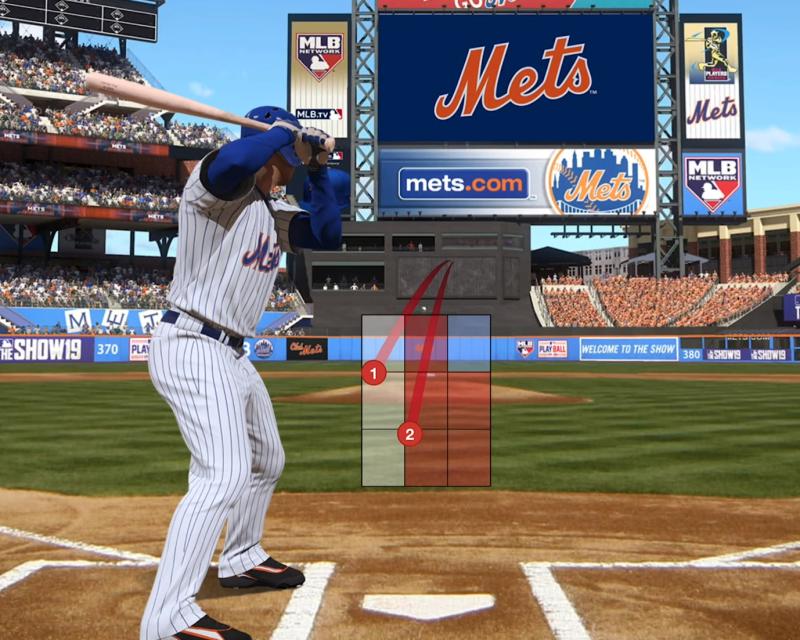Meet the AI that could replace your baseball umpire


This is inevitable and good, in my opinion. Not only will this address the biggest source of umpire mistakes in baseball, its success (I am predicting) will lead to application of technology elsewhere such as on the most active base — first base.

Arguing with an umpire might be a thing of the past. Take it up with this computer umpire who's never wrong.
The introduction of computer-aided refereeing in professional sports has been a mixed bag to say the least. But the hope of inching ever closer to ensuring the right call is made seems like a result worth working toward.
Of course, each sport has its share of subjectivity, but perhaps no mechanic is more overly scrutinized than the strike zone. The interpretation of this imaginary floating rectangle has been the source of countless arguments and ejections over the years, but now Major League Baseball is considering shifting the enforcement of it away from human umpires to Trackman, a radar-based ball-tracking system.
The league has partnered with the Atlantic League of Professional Baseball to serve as a testing ground for the technology. The plan is for the ALPB to use Trackman this season while MLB observes its impact on the game.
Trackman analyzes a handful of details about the ball as it breaks the plane in front of home plate. It can detect velocity, movement, the type of pitch and more. The Somerset Patriots, based in Bridgewater, New Jersey, let us get full access to the system and we documented our experience in the feature above.
Trackman definitely has potential and it seems like it's just a matter of time before a computer is in charge of the strike zone. Perhaps 20 years from now baseball fans will look back at a time of human umpires calling balls and strikes and think we were absolutely crazy.
Watch the above YouTube video to find out more about Trackman and our brief experience letting it judge a few swings at the plate.


Big improvement, IMO, to handle error-prone calls (where human senses are inferior to technology) with automation and use the umpires for calls requiring judgment and reason.
How does one heckle an AI?
Intelligently?
Oh you can, but it has you 'on ignore'.
This could potentially be a big aid. God knows umpires make lots of mistakes on balls and strikes. I've seen balls hit the ground and be called strikes. As someone who has coached and umpired over many years, I know it can be very difficult to track the ball as it crosses the plate. Many pitches are called 10 feet in front of the plate and not over it. Other calls are highly dependent on how close a pitcher comes to hitting the catcher's target - something that should be irrelevant.
As presented here, though, there is a fundamental flaw in the system. It is described at 3:12 in the video:
This is in conflict with MLB rules , which state:
Two players of the same overall height can be proportioned differently. One may have longer legs than the other, for example. They may also assume wildly different stances when preparing to swing. That makes their individual strike zone subjective and this is why it can't be based on height. Such a system is not fair.
Umpires are therefore trained to determine the strike zone for each individual batter as they come up and assess the limits of their strike zone based on observation of the batter's stance and approach to swing. This computer system doesn't do that.
I see nothing stopping a system from determining the strike zone based on the batter's stance if that is what MLB wants. Technologically that is not difficult to do.
At least an AI will never get its car keyed by people who think it made bad calls.